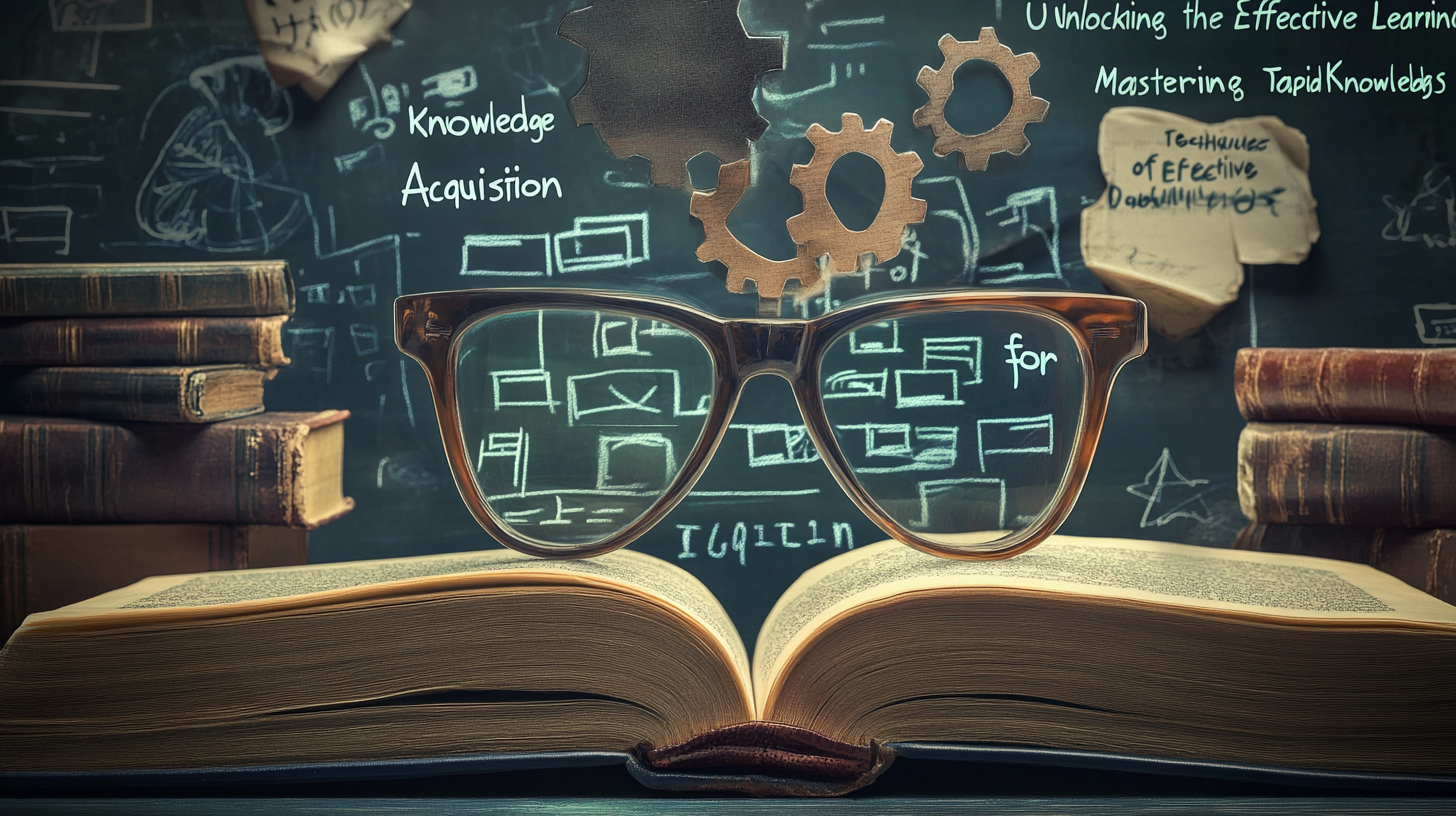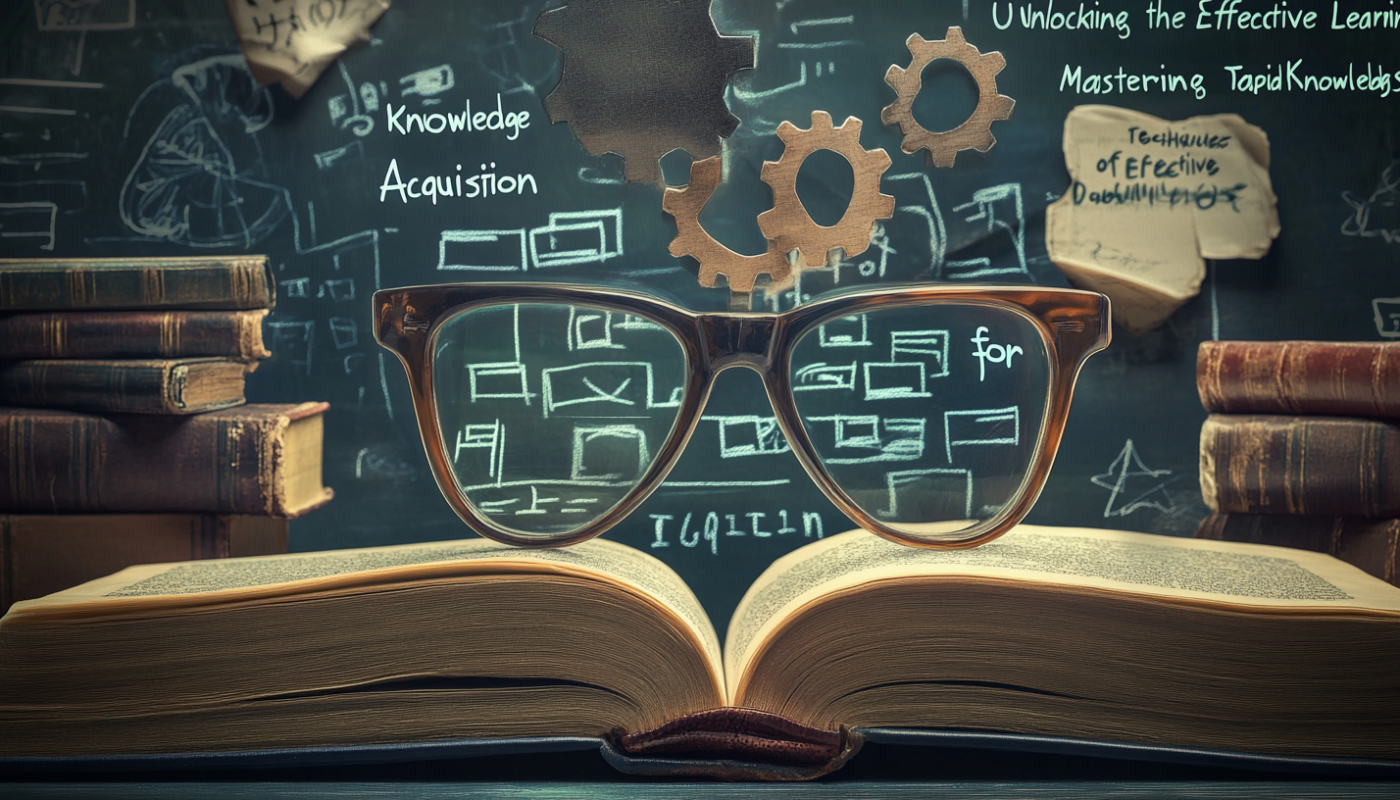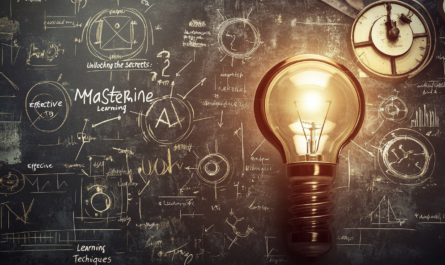Unlocking the Secrets of Effective Learning: Mastering Techniques for Rapid Knowledge Acquisition
In today’s fast-paced world, the ability to learn quickly and acquire knowledge rapidly has become a valuable skill. Whether you are a student, a professional, or simply someone who wants to expand their horizons, mastering the art of effective learning can open up a world of opportunities. Fortunately, there are proven techniques that can help you unlock the secrets of effective learning and accelerate your knowledge acquisition.
One of the most important aspects of effective learning is understanding your own learning style. Everyone has a unique way of processing information, and by identifying your preferred learning style, you can tailor your study methods to maximize your learning potential. Some people are visual learners, while others are auditory or kinesthetic learners. Visual learners benefit from using diagrams, charts, and images to understand concepts, while auditory learners prefer listening to lectures or discussions. Kinesthetic learners, on the other hand, learn best through hands-on activities and physical movement. By identifying your learning style, you can choose study techniques that align with your preferences, making the learning process more enjoyable and efficient.
Another key technique for rapid knowledge acquisition is active learning. Instead of passively reading or listening to information, actively engaging with the material can significantly enhance your understanding and retention. This can be achieved through techniques such as summarizing key points in your own words, asking questions, and discussing the material with others. By actively participating in the learning process, you are more likely to remember and understand the information in a meaningful way.
Furthermore, breaking down complex information into smaller, manageable chunks can make the learning process more effective. This technique, known as chunking, involves organizing information into smaller units that are easier to process and remember. For example, if you are learning a new language, instead of trying to memorize an entire vocabulary list, you can break it down into categories such as food, clothing, or transportation. By focusing on one category at a time, you can absorb the information more efficiently and build a solid foundation for further learning.
Additionally, utilizing mnemonic devices can be a powerful tool for rapid knowledge acquisition. Mnemonics are memory aids that help you remember information through associations or patterns. For example, to remember the order of the planets in our solar system, you can use the mnemonic “My Very Educated Mother Just Served Us Nachos” (Mercury, Venus, Earth, Mars, Jupiter, Saturn, Uranus, Neptune). By creating these mental shortcuts, you can quickly recall information when needed.
Lastly, taking regular breaks during the learning process is essential for maintaining focus and preventing burnout. Research has shown that our brains have limited attention spans, and prolonged periods of intense studying can actually hinder learning. By incorporating short breaks into your study routine, you give your brain a chance to rest and consolidate the information you have learned. This can lead to better retention and overall improved learning outcomes.
In conclusion, mastering the techniques for rapid knowledge acquisition is a valuable skill that can greatly enhance your learning journey. By understanding your learning style, actively engaging with the material, using effective study techniques such as chunking and mnemonics, and taking regular breaks, you can unlock the secrets of effective learning and accelerate your knowledge acquisition. So, embrace these techniques, and embark on a journey of continuous learning and growth.



